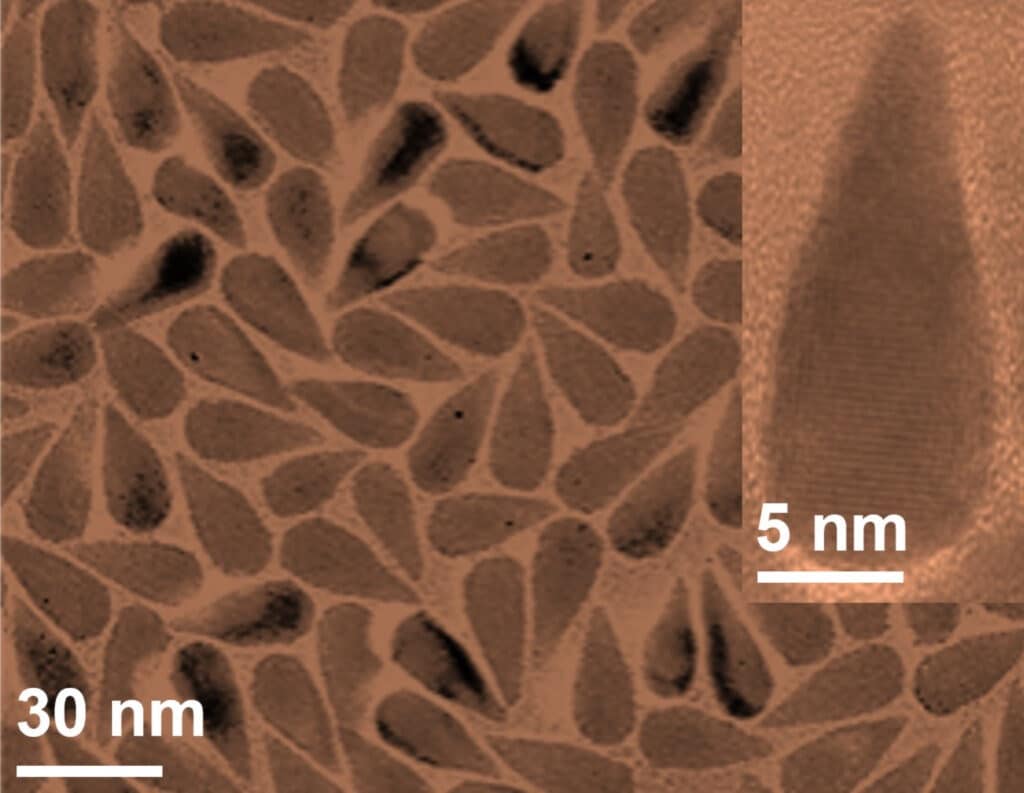Tiny particles can prevent the virus from entering cells. If vaccinations and other therapies don’t work well enough, they might eventually be effective COVID treatments. A new study from University of Michigan suggests that teardrop-shaped particles help fight various strains of the COVID-19 virus. This could add to current COVID treatments.
Vaccinations are effective in preventing severe illness, but some recipients, particularly those who are older, may still require hospitalization. Additionally, as new strains emerge, vaccinations must be updated frequently to remain effective.
Nicholas Kotov, the Irving Langmuir Distinguished University Professor of Chemical Sciences and Engineering at U-M and co-corresponding author of the study published in Proceedings of the National Academy of Sciences said, “Our immune system has to learn about a virus to generate the antibodies to fight back against infection, but by that time it may be too late for some people.”
Treatment options for severe COVID-19 patients are limited. The FDA has approved Pfizer’s Paxlovid pill as one alternative. It may not be appropriate for individuals with heart issues. However, it lowers the chance of hospitalization by approximately 50–89%.

Professor Liguang Xu suggests that nanoparticles may be helpful during outbreaks. Amino acids make up the virus’s spike protein, aiding cell infection. The amino acid sequences of different strains vary, making it more difficult for antibodies to identify and combat them. This explains how novel strains can avoid developing protection against earlier illnesses or vaccinations.
Chuanlai Xu, professor of food science and technology who led the work done at Jiangnan University, said, “The overall structures of coronavirus spike proteins are similar, and the chirality of these spike proteins is the same so that the particles can interact with many coronaviruses.”
The team tested particular particles on common cold viruses and different variants of the COVID-19 virus, including the Wuhan-1 and Omicron strains. They achieved this by treating mice infected with virus-like particles containing coronavirus-like spike proteins. When inhaled, these particles removed 95% of the viruses from the mice’s lungs, and for up to three days, they were immune to infection.
These particles have a specific shape that matches the twist in the coronavirus spike proteins. This makes it easier for the particles to attach to the virus and prevent it from entering cells. Professor André Farias de Moura, who worked on the study, claims that the particles attach to the virus more strongly than to animals.
The researchers are still determining how long the particles take to leave the body and if they harm humans. They plan to investigate these aspects further in future studies.
A potential treatment approach to lessen the pandemic’s effects and spread is to target several COVID variations via the spike protein’s twist. The application of nanoparticle technology to disrupt viral infectivity presents a significant opportunity for creating potent therapies targeting various strains of SARS-CoV-2.
Continued research and collaboration are essential to explore further and optimize these innovative antiviral approaches for clinical translation.
Journal reference:
- Rui Gao, Xinxin Xu, Prashant Kumar, et al., Tapered chiral nanoparticles as broad-spectrum thermally stable antivirals for SARS-CoV-2 variants. PNAS. DOI: 1073/pnas.2310469121.